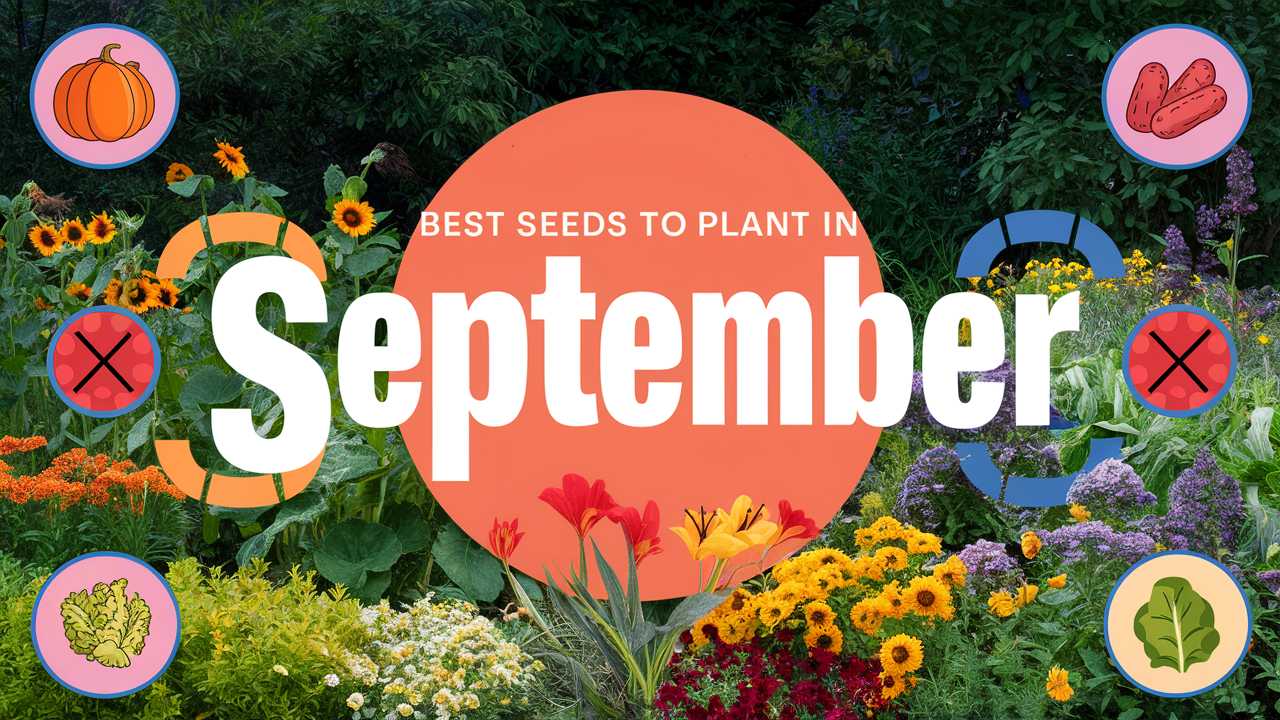In this comprehensive guide, we’ll explore what to plant in September, detailing seasonal vegetables, vibrant flowers, aromatic herbs, and resilient landscape plants that can flourish in various climates. Each section will offer insights into temperature tolerances, planting dates, and unique tips for successful growth.
Vegetables to Plant
With the days still warm but not overwhelmingly hot, September is the ideal month to plant several vegetables that will yield great benefits as the cold months approach.
Spinach

Spinach is a cool-season staple that thrives in the moderate temperatures of fall. This leafy green can be direct-seeded from late August to mid-September in USDA zones 4-9. Spinach tolerates temperatures down to 20°F (-6°C), allowing for a lengthy harvest season well into winter if covered appropriately.
Growing Tips: Spinach prefers well-drained soil enriched with organic matter. Once established, it can withstand slight frosts, and for best production, should be watered consistently.
Kale
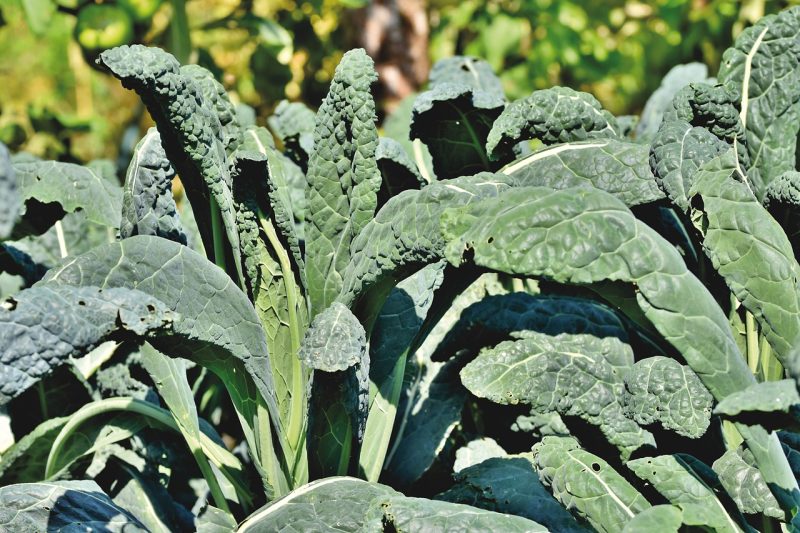
Kale is a superfood that grows exceptionally well in cooler temperatures. It’s an excellent choice for September planting and can be seeded in USDA zones 3-10. This leafy green can tolerate temperatures down to 15°F (-9°C), making it another great candidate for late-season harvesting. Sow seeds from early September into mid-October depending on the zone.
Growing Tips: Sow seeds directly into rich, well-drained soil. Kale benefits from minimal care and can be harvested continuously from the outside leaves once they reach a size suitable for eating.
Radishes

Radishes are a fast-growing vegetable that can be sown throughout September, especially in USDA zones 3-9. These hardy plants can tolerate temperatures as low as 20°F (-6°C). Look for varieties like ‘Cherry Belle’, which can be grown quickly and harvested within three weeks of planting.
Growing Tips: Site radishes in full sun and ensure they have well-aerated soil for optimal growth. Regular watering helps them develop a crisp texture.
Carrots

Carrots are a great choice for fall planting, especially for gardeners in USDA zones 4-9. They can be sown directly into the ground until early September. Carrots can endure temperatures as low as 20°F (-6°C), making them resilient enough for late harvests.
Growing Tips: Opt for sandy, well-drained soil to prevent deformities. Mulching can protect them from frost and help maintain soil moisture during dry spells.
Broccoli

Broccoli thrives in cooler temperatures, making September the ideal time to sow seeds or transplant seedlings in USDA zones 3-9. This vegetable can withstand a light frost, with a lower temperature tolerance of about 28°F (-2°C).
Growing Tips: Fertile, well-drained soil is recommended. Frequent watering and mulching will help maintain moisture levels and promote healthy head formation.
Peas
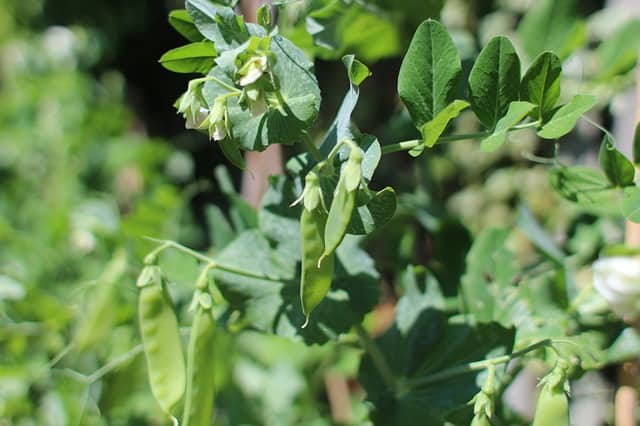
Sweet peas, including snap and snow varieties, can be planted in early September in USDA zones 3-9. They can withstand temperatures down to 20°F (-6°C), enabling gardeners to enjoy fresh peas even after the first frosts.
Growing Tips: Provide trellising for vining varieties, and ensure they are planted in rich, well-draining soil. Peas do not thrive in overly hot conditions, hence September planting is ideal.
Swiss Chard

Swiss chard flourishes in the cooler temperatures of autumn and can be direct-seeded through mid-September in USDA zones 4-9. It’s notably hardy and can tolerate temperatures down to 20°F (-6°C) with protection.
Growing Tips: Chard enjoys nutrient-rich soil and regular watering. It will continue to produce edible leaves into the winter, especially if covered with protective fleece.
Turnips
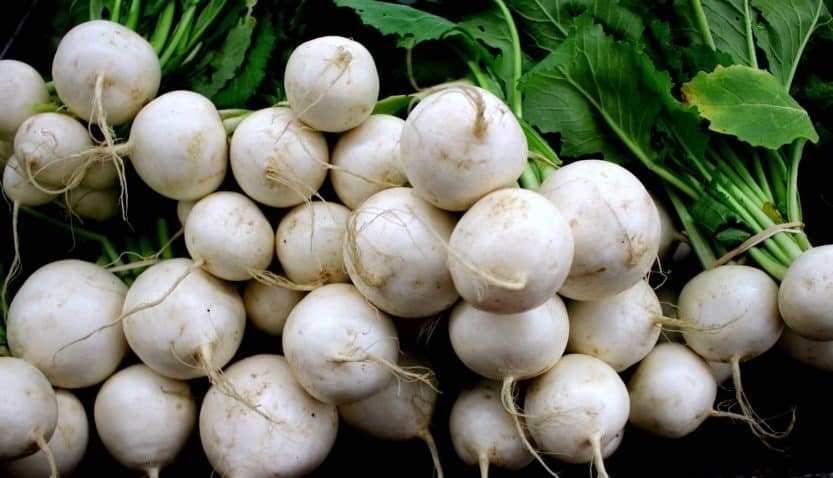
Turnips are another root vegetable that can be sown in USDA zones 3-9 during September. They can manage cold temperatures, tolerating down to 20°F (-6°C). Varieties such as ‘Hakurei’ can provide a delightful harvest in as few as 50 days.
Growing Tips: Turnips thrive in well-drained soil rich in organic material. Consistent watering ensures tender, sweet roots.
Cilantro (Coriander)

Though often considered an herb, cilantro is a hardy annual that can be sown directly in the garden starting in late August through September in USDA zones 3-10. This plant thrives as temperatures cool, requiring an environment of 50-70°F (10-21°C) and can handle light frost.
Growing Tips: Plant in well-drained soil in full sun to partial shade. Regular harvesting of the leaves encourages more growth.
Lettuce

Lettuce is perfect for staggered planting in September, especially for USDA zones 4-9. With a chill tolerance to about 28°F (-2°C), lettuce can be direct-seeded through mid-September for autumn and early winter harvest.
Growing Tips: Grow in well-drained, fertile soil and provide sufficient moisture. Many varieties can be harvested as baby greens for early picking.
Flowers to Plant
September is also a favorable time to plant certain flowers that will add color and charm to your garden throughout the fall and into the spring.
Pansies

Pansies are a delightful flower that can be planted in the fall; they are known for their stunning array of colors. They can be seeded or planted in USDA zones 4-10 as early as mid-September. Pansies can tolerate temperatures as low as 20°F (-6°C), making them a resilient choice.
Growing Tips: Plant them in well-drained soil and full sun for best flowering. Regular deadheading encourages a longer blooming season.
Mums (Chrysanthemums)
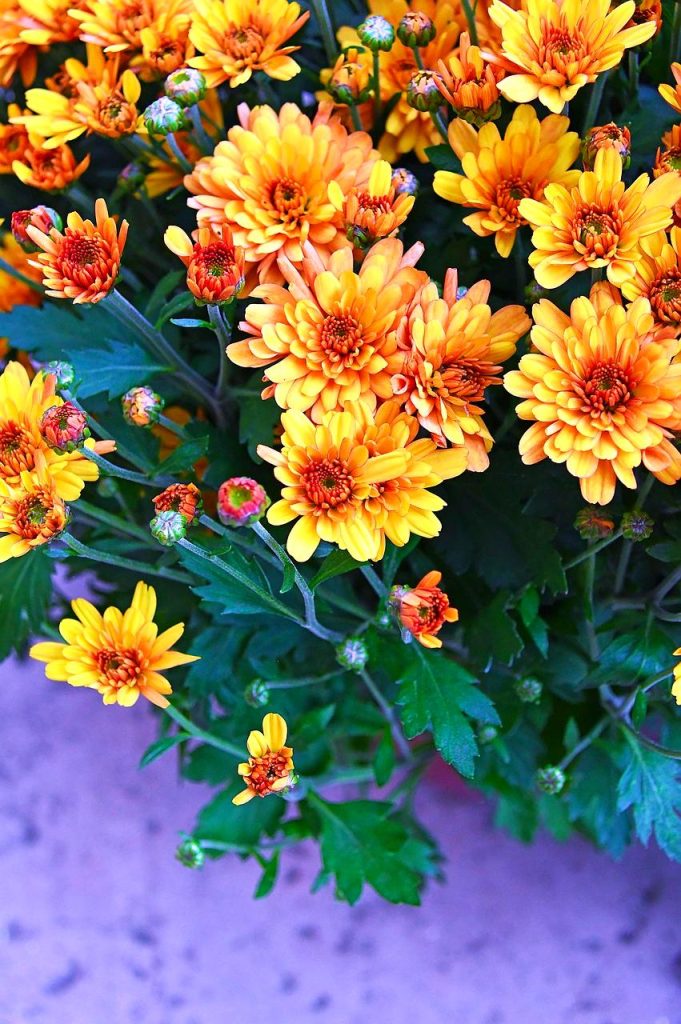
Chrysanthemums, commonly known as mums, are fall favorites that explode with color. They can be planted in USDA zones 3-9 in September, as they prefer to establish themselves while the soil is still warm. They can endure temperatures as low as 20°F (-6°C).
Growing Tips: Choose sunny locations and rich soil for the best blooms. They require regular watering, especially in extreme heat, to support their growth.
Asters
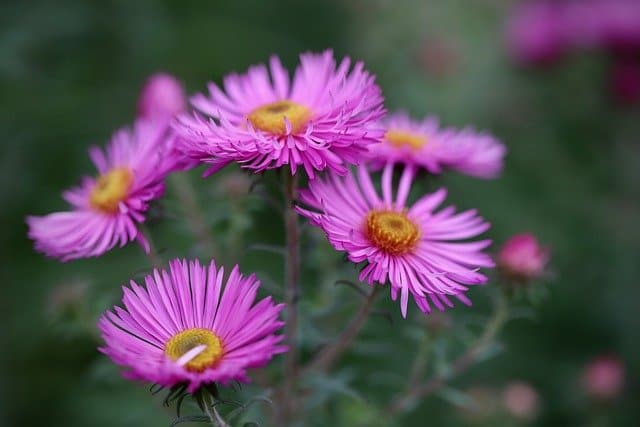
Asters are perennial flowers that can be divided and replanted in September in USDA zones 4-9. These hardy flowers tolerate chilly temperatures down to 30°F (-1°C) and will thrive and bloom even into late fall.
Growing Tips: Regular deadheading will encourage more flowers, and they thrive in full sun conditions.
Snapdragon
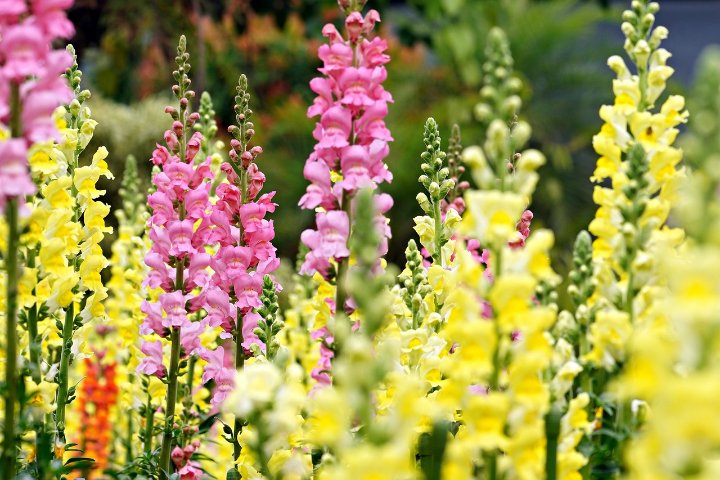
Snapdragons can be sown in September for spring blooms in USDA zones 4-10. They prefer cool temperatures and can handle frost, making them perfect for fall planting.
Growing Tips: Opt for well-drained soil enriched with organic matter. They do well in full sun and require regular watering to thrive.
Ornamental Kale
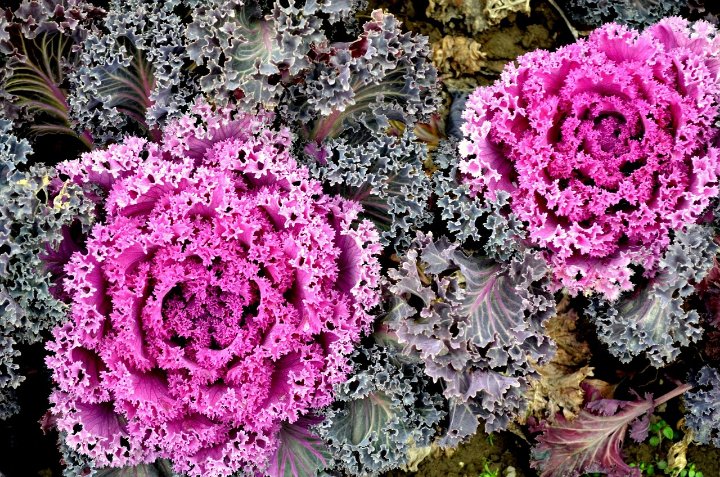
Ornamental kale offers stunning visual appeal and can be treated as a flowering plant. It can be planted from late summer through September in USDA zones 3-9. They tolerate freezing temperatures, enhancing their vibrant colors.
Growing Tips: These plants prefer well-drained, nutrient-rich soil, and can be used as borders or within mixed plantings for texture.
Columbine (Aquilegia)
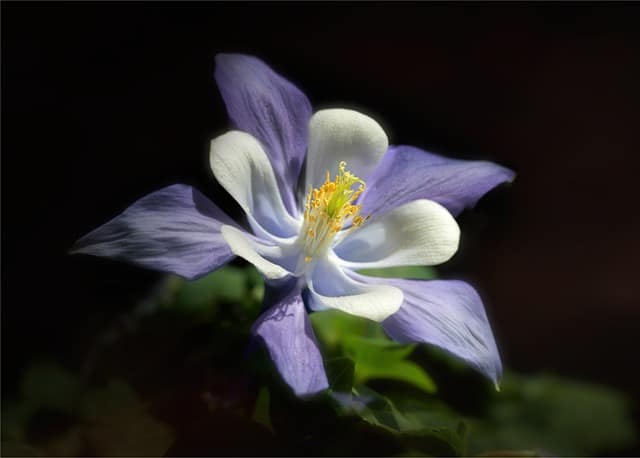
Columbine flowers can be planted in the fall in USDA zones 3-9, as they will not complete their lifecycle until spring. They can tolerate frosts and colder temperatures, becoming more resilient as temperatures drop.
Growing Tips: They thrive in partial shade, with well-drained soil, requiring minimal maintenance once established.
Sedum
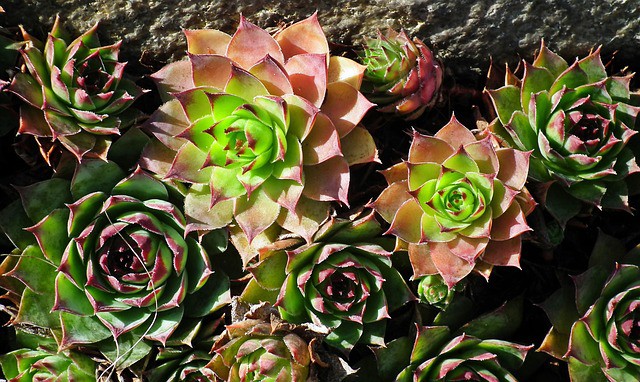
Sedum, or stonecrop, is a succulent perennial that can be planted in September across various USDA zones (3-10). Sedums are drought-tolerant and can endure temperatures as low as 40°F (4°C).
Growing Tips: They do best in sandy, well-drained soil and thrive in full sun. Sedums need little water, making them a perfect low-maintenance option.
Bellflower (Campanula)
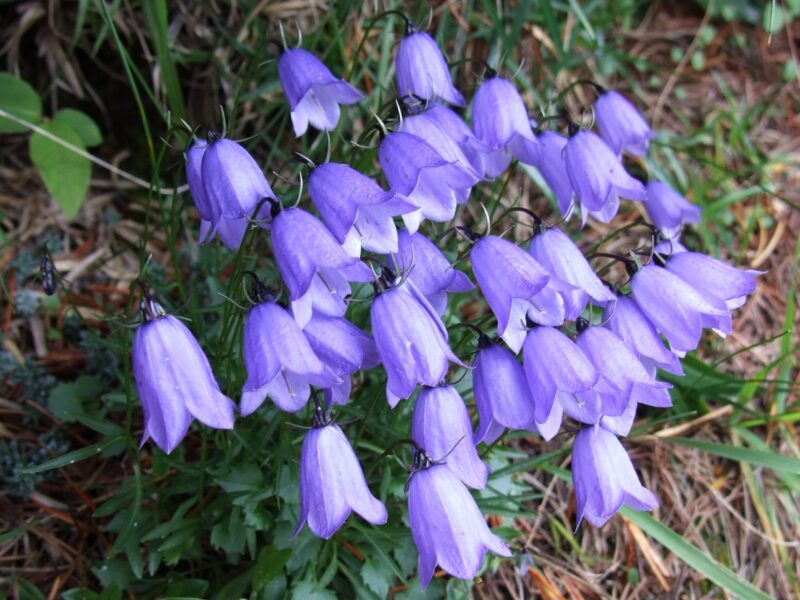
Bellflower is a cheerful perennial that can be planted in September in USDA zones 4-9. This hardy flower can withstand frost, adding late-season color to the garden.
Growing Tips: Plant in well-drained soil with partial to full sun, and deadhead spent blooms to encourage more flowers.
Daisy (Bellis perennis)

English daisies blossom with happiness and can be sown in September in zones 3-9. They can handle cold temperatures and, when planted in groups, create beautiful spring displays.
Growing Tips: They prefer rich, well-drained soils and full sunlight or partial shade. Regular watering ensures thriving blossoms.
Herbs to Plant
Herbs are not only beneficial for cooking but also enhance the garden’s aesthetic and aroma. September is an excellent month for sowing various herbs as the temperatures begin to cool.
Thyme
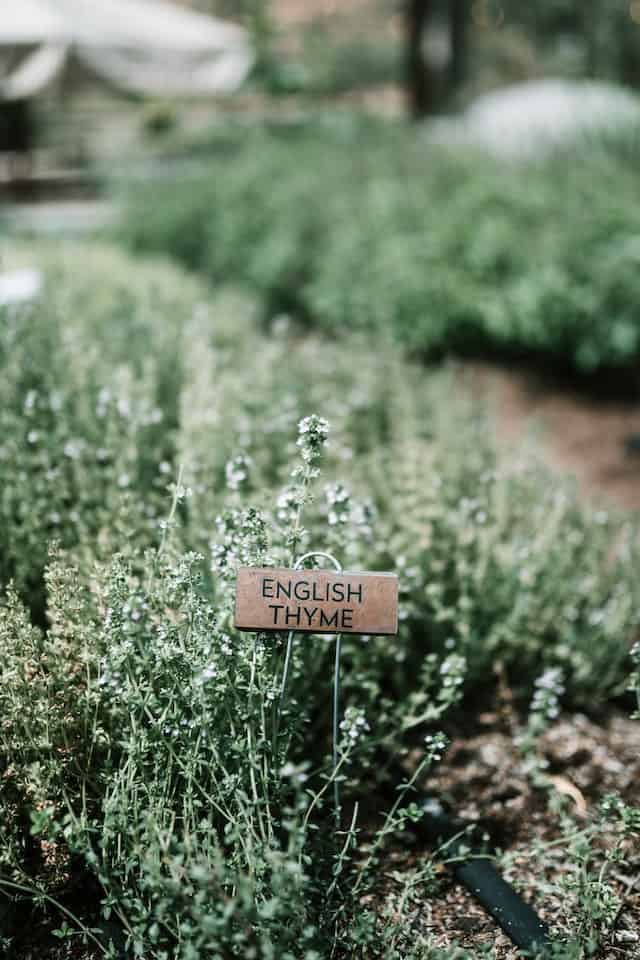
Thyme is a hardy perennial herb that flourishes in cooler temperatures and can be planted in September in USDA zones 4-9. This herb can tolerate light frosts, making it an excellent fall planting choice.
Growing Tips: Thyme prefers well-drained, sandy soil and full sunlight. Once established, it requires minimal watering and is a perfect addition to your culinary garden.
Oregano

Oregano is a versatile perennial herb suitable for planting through September in USDA zones 4-10. It tolerates temperatures down to 20°F (-6°C), enabling it to thrive even as colder months approach.
Growing Tips: Plant oregano in well-drained soil and full sun. Frequent pruning encourages bushiness and a more robust flavor profile.
Chives
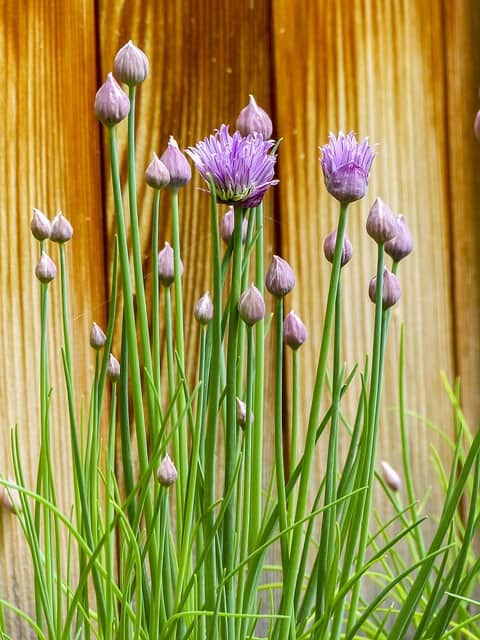
Chives are highly resilient, making them perfect for fall planting in USDA zones 3-9. They thrive in cool temperatures and can withstand frost, with a minimum temperature tolerance around 20°F (-6°C).
Growing Tips: Chives prefer well-drained soil and can thrive in both full sun and partial shade. Regular harvesting encourages continuous growth.
Mint
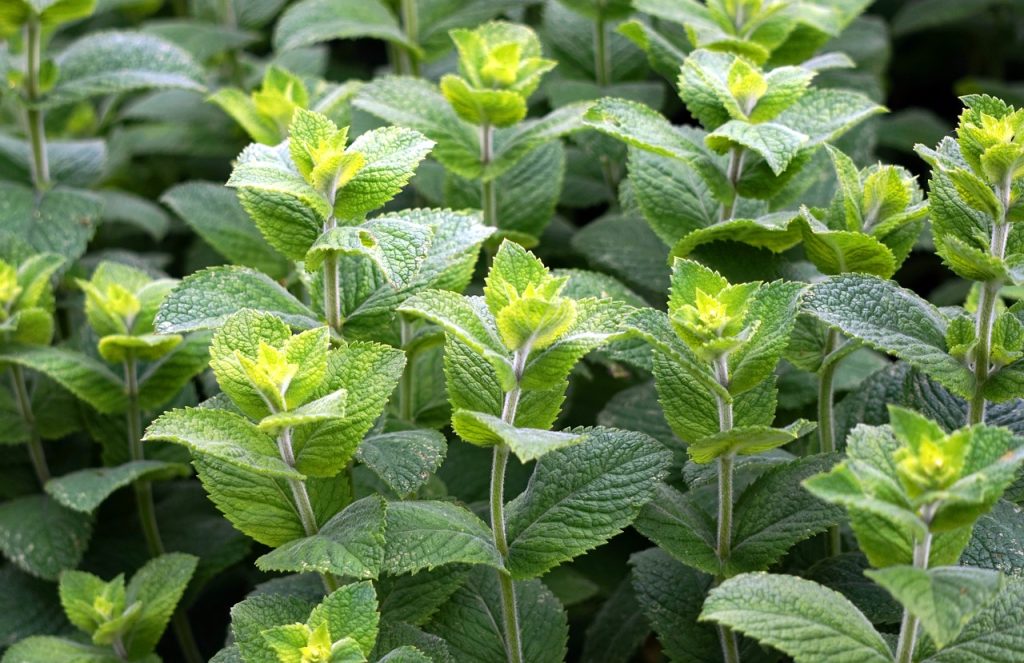
Mint is an exuberant herb that can be planted in September in USDA zones 3-10, thriving in both cooler and slightly warmer conditions. Although mint can tolerate frost, it thrives best in moderate temperatures.
Growing Tips: Be mindful of mint’s tendency to spread; plant in containers or with a barrier to control its growth. Mint prefers well-drained soil and regular watering.
Parsley

Parsley is a biennial herb often grown as an annual and can be planted in September in USDA zones 3-10. Parsley tolerates cold weather and can survive temperatures down to 20°F (-6°C).
Growing Tips: Provide well-drained and fertile soil, with ample sunlight for best growth. Regular trimming of leaves encourages a bushy plant.
Dill
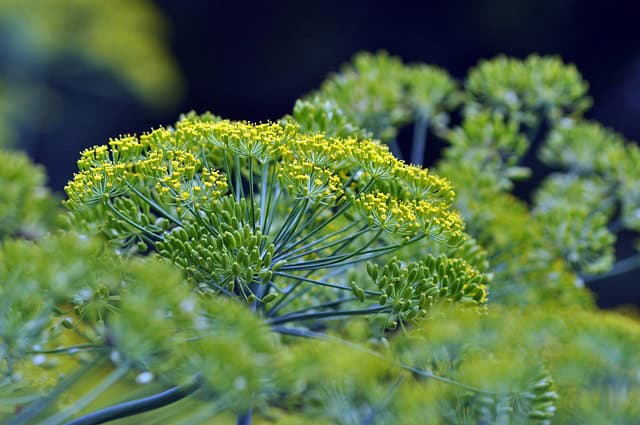
Dill is a hardy annual herb that can be planted in the fall in USDA zones 4-10. It does best in moderate temperatures, with a frost tolerance that allows for late-season growth.
Growing Tips: Plant dill in full sun and well-draining soil. Since it can grow quite tall, consider planting it away from carefully tended plants.
Cilantro

Cilantro, which we mentioned earlier, is fantastic for fall planting, especially in September. This herb thrives in cooler weather and can tolerate brief frost, making it suitable for planting until mid-October in USDA zones 3-10.
Growing Tips: Ensure good drainage and consistent watering for optimum flavor. The more frequently you harvest, the more leaves it will produce.
Sage
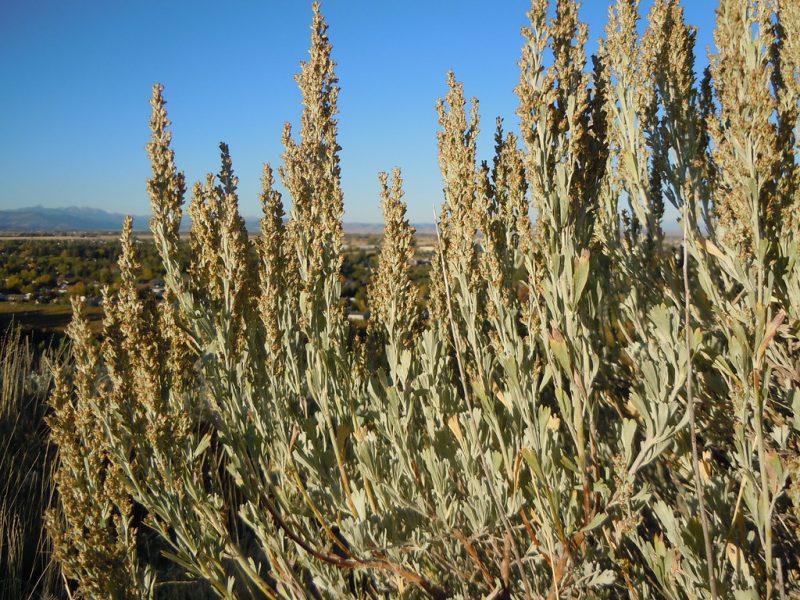
Sage is a perennial herb that can also be planted in September in USDA zones 4-8. Sage is resilient to colder weather and can tolerate light frost.
Growing Tips: It thrives in well-drained soil and prefers full sun. Regular pruning can encourage a bushy growth form, enhancing flavor concentration.
Basil
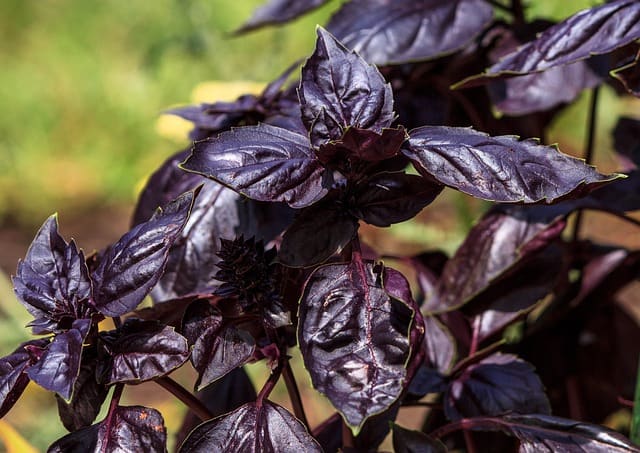
While basil is often associated with summer, you can plant certain cold-tolerant varieties (such as ‘Spicy Globe’) in September in USDA zones 9-10. However, it generally prefers warmer temperatures and is not advisable in colder regions.
Growing Tips: Basil loves well-drained soil and ample sunlight. Protect it from sudden drops in temperature with row covers if necessary.
Fennel
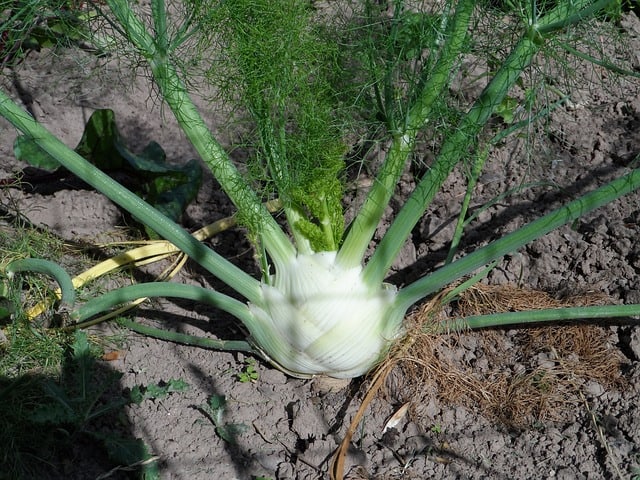
Fennel is another flavorful herb that can be seeded in September in USDA zones 4-9. This collection of bulbing perennials can survive light frost, making it reliable for late-season planting.
Growing Tips: Fennel enjoys well-drained soil with full sun exposure. Regular watering supports healthy bulb development.
Landscape Plants to Plant
September also provides an opportunity to plant various landscape plants that will enhance the aesthetics of your garden and provide lasting value.
Ornamental Grasses
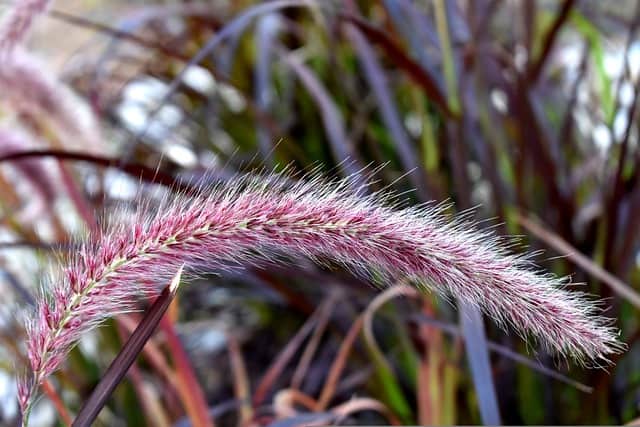
Ornamental grasses can be downloaded in September in zones 5-9, providing texture and movement to the landscape. They can withstand winter conditions and provide year-round interest.
Growing Tips: Select well-draining soil and locations where they can receive full sunlight. Grouping different species can create visual variety.
Japonesque Maple (Acer palmatum)

The Japonesque Maple, with its stunning leaf color and texture, can be planted in September in USDA zones 5-9. These trees can withstand cold temperatures and add significant value to gardens.
Growing Tips: They prefer well-drained, rich soil and partial sun to full shade, allowing shade plants to thrive beneath them.
Blueberry Bushes
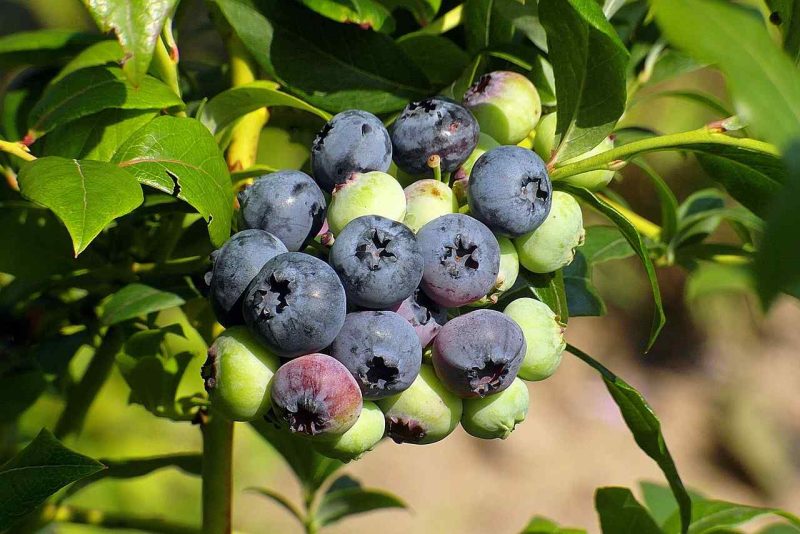
Blueberries can be planted in September throughout USDA zones 3-10. These hardy shrubs can tolerate cold temperatures and produce sweet fruits that energize the landscape.
Growing Tips: They thrive best in acidic soils with good drainage and require sun exposure for optimal fruit production.
Native Wildflowers
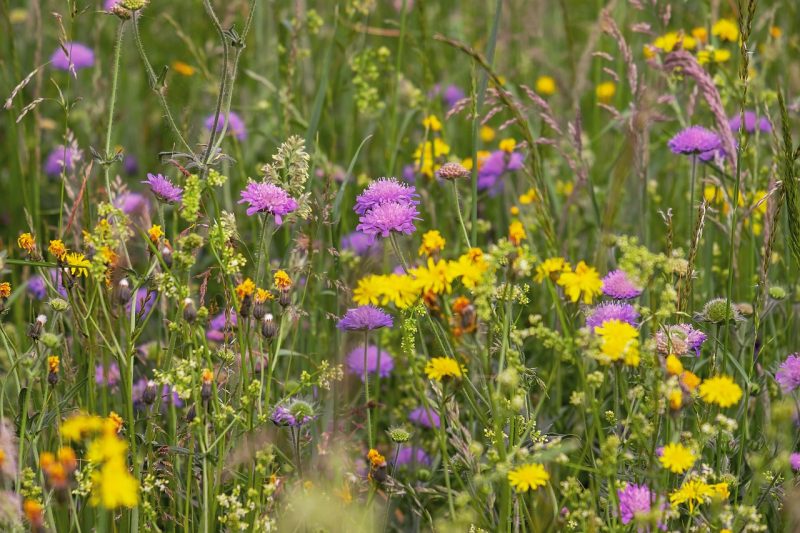
September is also an excellent time to sow native wildflowers in most regions, particularly in USDA zones 3-9. Native flowers are well-adapted to the local climate and soil conditions, offering numerous wildlife benefits.
Growing Tips: You can scatter seeds over a prepared bed in a sunny area. They will establish roots through fall for a vibrant display in spring.
Hellebores
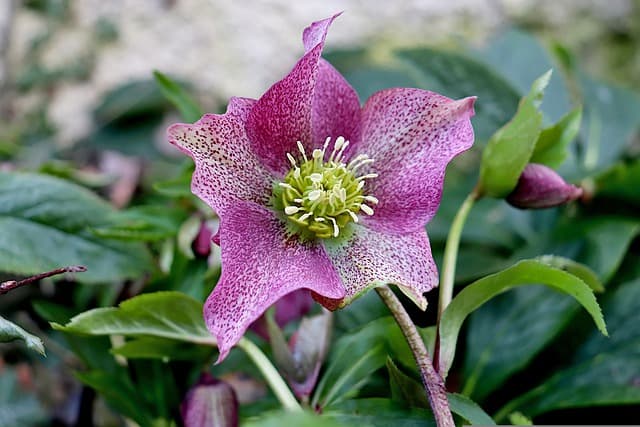
Hellebores (often referred to as Lenten roses) can be planted in September in USDA zones 4-9. These hardy perennials can handle frost, blooming early in the spring when most other plants are still dormant.
Growing Tips: They prefer well-drained soil and thrive in partial to full shade. Mulching can help retain moisture and protect from severe cold.
Sepalia (Spiraea)

Spiraea is an adaptable landscape shrub suitable for planting in September across USDA zones 3-9. This shrub can tolerate frost and comes in various sulfur and pink blooms, adding color to the fall garden.
Growing Tips: Spiraea thrives in well-drained soil under full sun. Establishing proper spacing between plants will enhance airflow and reduce disease.
Coneflower (Echinacea)
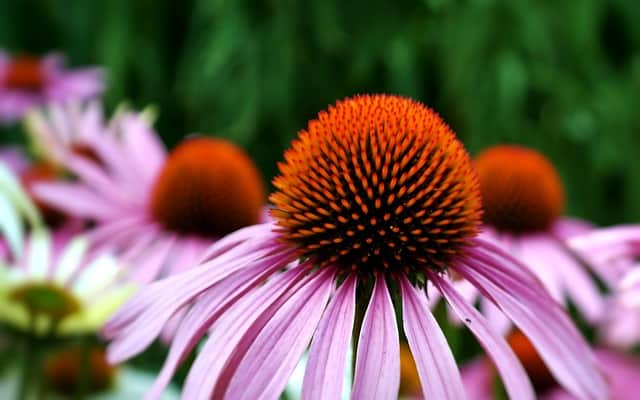
Coneflowers can be planted in September in USDA zones 4-9. They are known for their ruggedness and ability to attract pollinators. Coneflowers thrive even in adverse conditions.
Growing Tips: Plant them in well-draining soil with full sunlight. Deadhead spent flowers to encourage extended blooming.
Hydrangeas
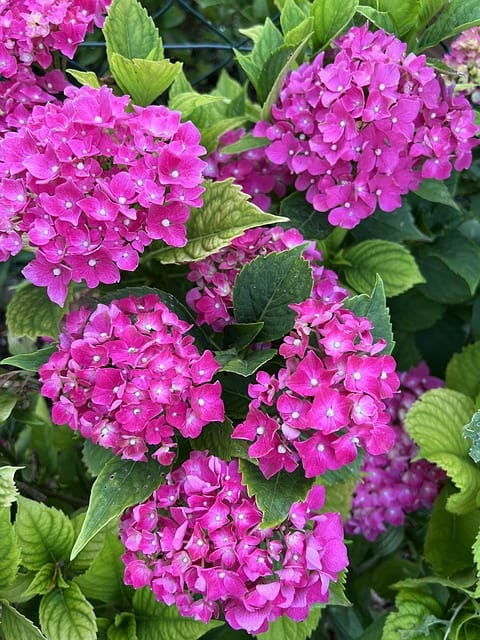
September is the perfect time to plant many types of hydrangeas, particularly in USDA zones 3-9. These shrubs can tolerate cold temperatures and provide stunning blooms.
Growing Tips: Hydrangeas thrive best in well-drained, moist soil and prefer partial sun to full shade. Regular watering is essential, especially during hot, dry spells.
Dogwood Tree (Cornus)
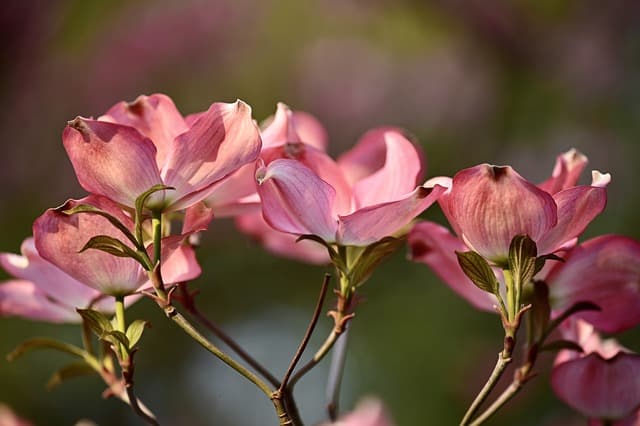
Dogwoods are beautiful landscape trees which can be planted in September in USDA zones 5-9. They provide year-round interest with their stunning spring blooms and fall foliage coloration.
Growing Tips: They prefer acidic, well-drained soil and thrive in partial shade. Adequate watering, particularly in the first year, can promote healthy establishment.
Conclusion
September offers an incredible opportunity for gardeners across the country to plant a variety of vegetables, flowers, herbs, and landscape plants. Understanding the climate and USDA hardiness zones is crucial to ensure successful growth and vibrant gardens, even through the cooler months.


